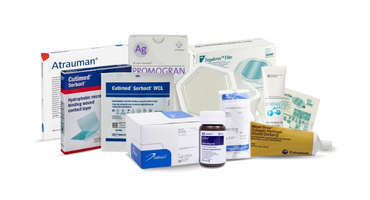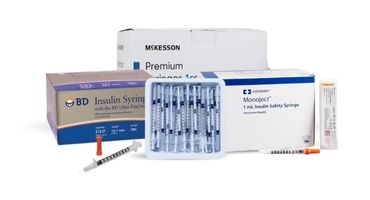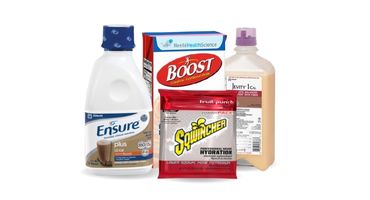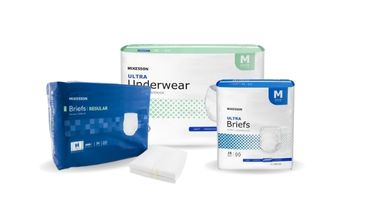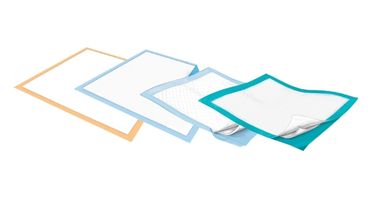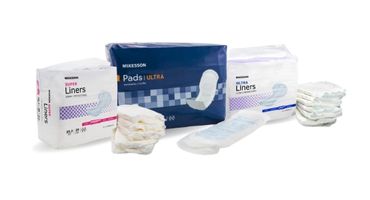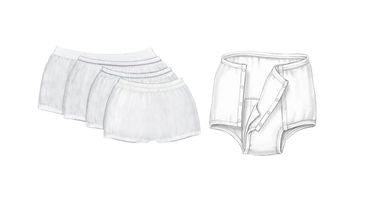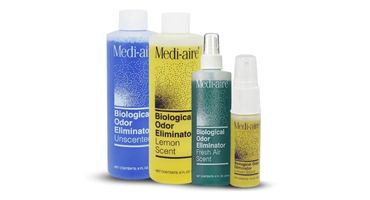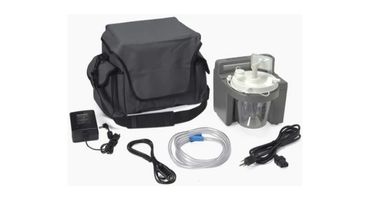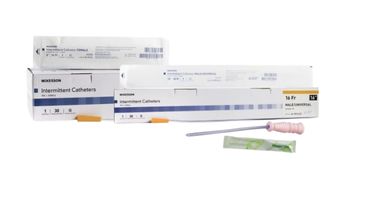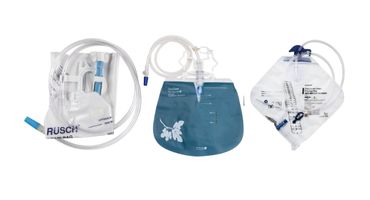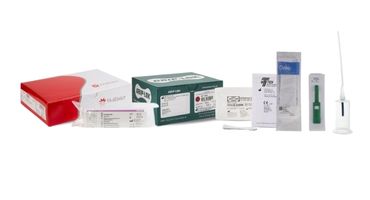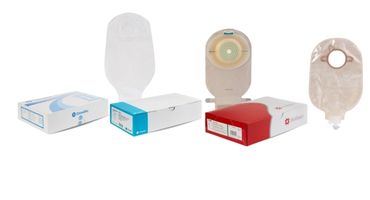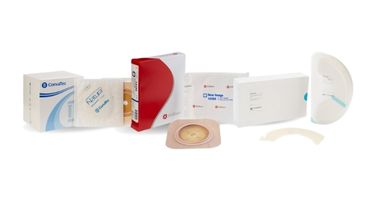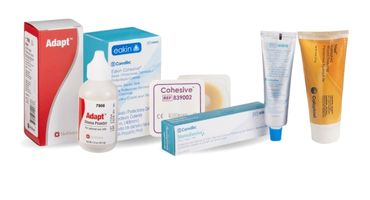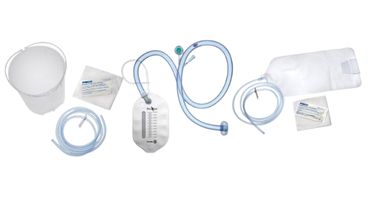Types Of Wounds, Their Treatment Also Consider A Professional Opinion.
There are many types of wounds, each wound is unique and requires a treatment specific to the type of wound being treated. Let us being by listing the different types of open wounds and how they are classified. Wounds are classified by their cause; there are five different types of open wounds:
Abrasion Wound: Injuries that commonly occur when the skin comes into moving contact with a rough surface like a sidewalk, causing a rubbing or grinding of the upper layers of the skin. A road rash is a prime example of an abrasion wound. Though there is usually not a lot of bleeding, it is recommended to scrub and clean the wound to prevent infections.
Incision Wound: A cut made through the skin to perform surgery or other medical procedures. Generally, incision wounds are made as unobtrusive as possible to perform the necessary tasks associated with the procedure. Incision wounds can also occur when a sharp object, i.e. broken glass, pocketknife, etc. causes a skin tear. These wounds tend to bleed excessively and can damage ligaments and muscles.
Laceration Wound: Often contaminated with bacteria and debris from the object that cause the wound, is produced by the tearing of the soft body tissue. A laceration wound is usually jagged and noticeably irregular. An example is a wound caused by a wood saw tearing into the user's hand. This wound also bleeds excessively.
Puncture Wound: Usually does not bleed excessively and can sometimes appear to close up. These wounds a usually caused by sharp objects which are also pointy like animal teeth or barbed fences. These wounds can be deeper than they appear and can damage internal organs. This type of wound can be infected and need to be treated appropriately. It is best to visit a doctor to get a tetanus booster or rabies shot even for a small puncture wound to prevent infection.
Avulsion Wound – These wounds are caused by violent accidents such as an explosion and partial or complete skin or tissue is torn off the body. The torn skin in this type of wound may be lost or damaged beyond repair and must be removed. This wound cannot be stitched generally due to the missing tissue. These wounds tend to bleed heavily and fast.
Treatment of wounds:
Many wounds are considered minor and can be treated with a few simple steps while others require care by a Licensed Medical Professional. Patients should use independent judgment when deciding the type of care a wound requires and are always encouraged, at minimum, to get a professional opinion even after initial treatment has been performed.
Consider the below steps to care for minor to moderate wounds:
- Disinfect: It is crucial that the person caring for the wound disinfect their hands prior to touching the wound. This is part of prevention measures and ensures a wound is not exposed to additional threats i.e. bacteria. There are many products to properly disinfect hands i.e. hand sanitizer, anti-bacterial soaps, disinfectant wipes etc. The caregiver may also simply wear exam gloves to ensure both the caregiver and the patient are protected.
- Manage bleeding: Many minor scrapes and cuts can stop bleeding without utilizing any techniques but if the wound continues to bleed, apply gentle pressure to the wound with a clean cloth or sterile bandages prior to elevating the wound to manage blood flow in the affected area.
- Purify the wound: Using clear water (preferably sterile saline/salt water) rinse the wound. Keeping soap out of the wound, to minimize irritation, wash the surrounding area using anti-bacterial soap and a dry towel or washcloth. Make sure all the debris is removed from the wound. If the debris cannot be completely removed, a doctor visit may be mandatory to prevent infection. Though recommended it is not necessary to use hydrogen peroxide, iodine, or other wound cleanser that may cause irritation to the affected area.
- Keep wounds infection free and moist: A thin layer of antibiotic ointment can be used to keep the wound surface moist. Antibiotic ointments do not heal wounds faster rather encourage the patient’s natural healing process while reducing the chances of an infection. Some patients may experience a mild rash due to the ingredients in the ointments and should cease the use of the ointment if rashes appear.
- Hide your wound: Keeping your wound covered can help expedite the healing process by preventing bacteria from entering the wound. In most cases, a sterile bandage or gauze, to cover a wound, is treatment enough.
- Change dressing often: It is recommended to change dressing or bandage, at minimum, once a day. If the dressing or bandage becomes dirty or wet it must be replaced immediately. If the patient is allergic to adhesives, consider an adhesive-free dressing or a combination of sterile gauze with paper tape or even a rolled gauze will do the trick.
- Get stitches: If the wound is deep, through the skin, gaping, jagged, where fat or muscle are exposed a physician MUST be consulted immediately as professional help is required. A skin glue or butterfly tape may hold the wound together but does not replace a physician’s opinion or care. If the wound is properly addressed within a few hours, can minimize the risk of infection and scarring of the affected area.
- Be on the lookout: A wound must be under supervision. If any redness, increase in pain, swelling, drainage, or warmth to the affected area occur consult a physician as the area may be infected.
- Get a SHOT: If a tetanus or rabies shot, depending on the cause of injury, has not been administered within the last five years it is recommended to get a booster shot as soon as possible.
Note: Keep the wound clean and dry for a minimum of five days and get plenty of rest, as this can help promote the healing process. Consider Acetaminophen rather than Aspirin as aspirin can prolong bleeding of the wound. Do not scrape scabs as they are part of the healing process and ice packs may be used if swelling or bruising occurs.
Consider a Professional Opinion:
Not every wound can be treated at home as some require treatment by a physician or other medical professionals. If the below conditions are present a doctor's visit may be necessary:
- If the wound is deeper than ½”
- Bleeding cannot be managed even with direct pressure on the wound
- If the wound continues to bleed after 15 minutes
- If the wound was caused by a serious accident

